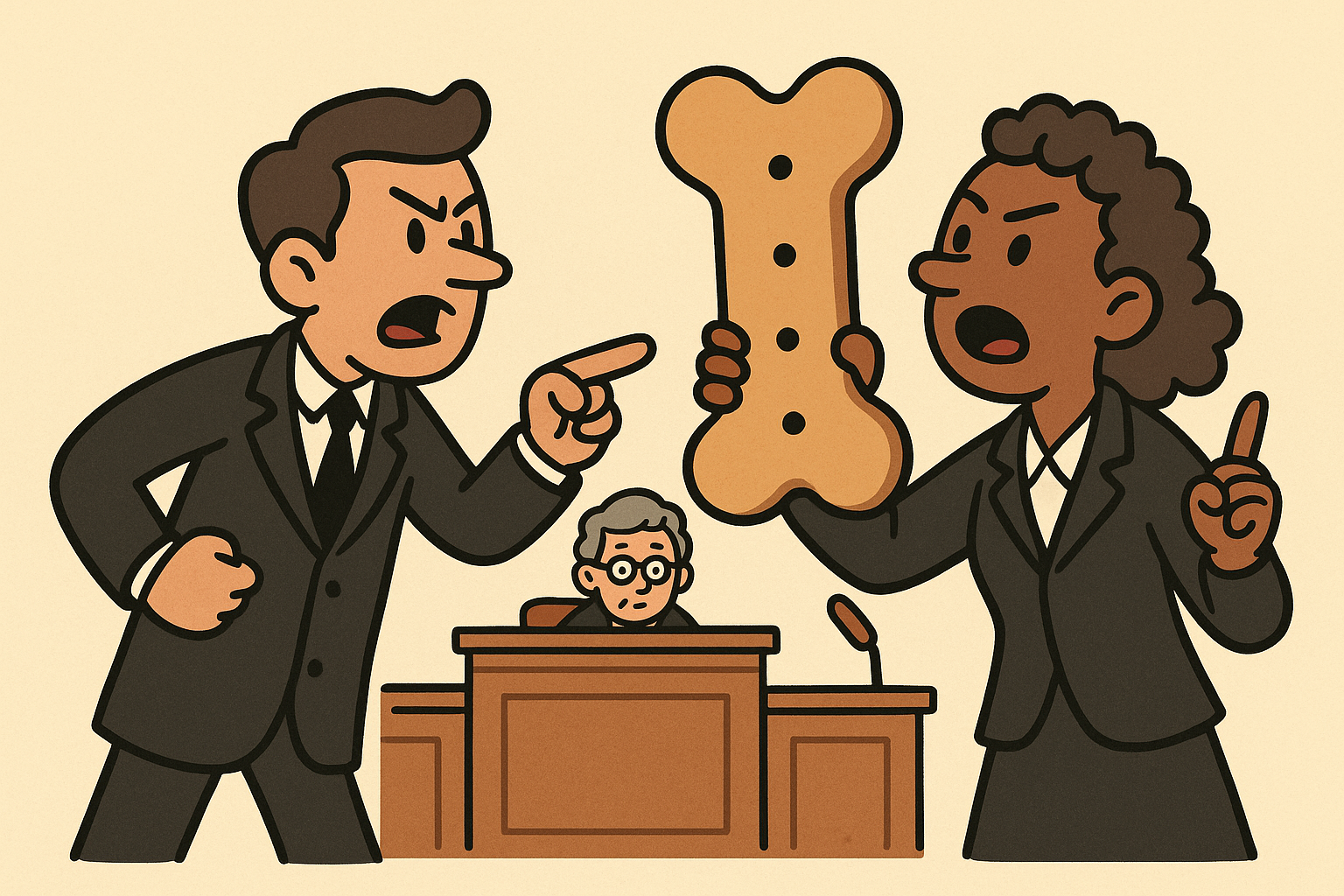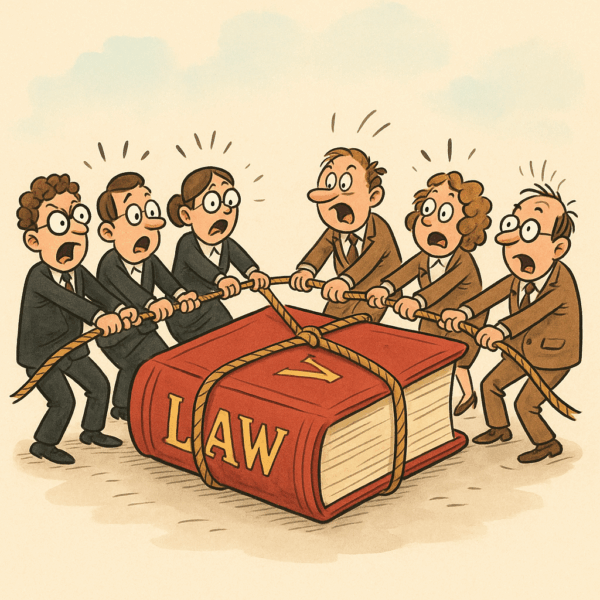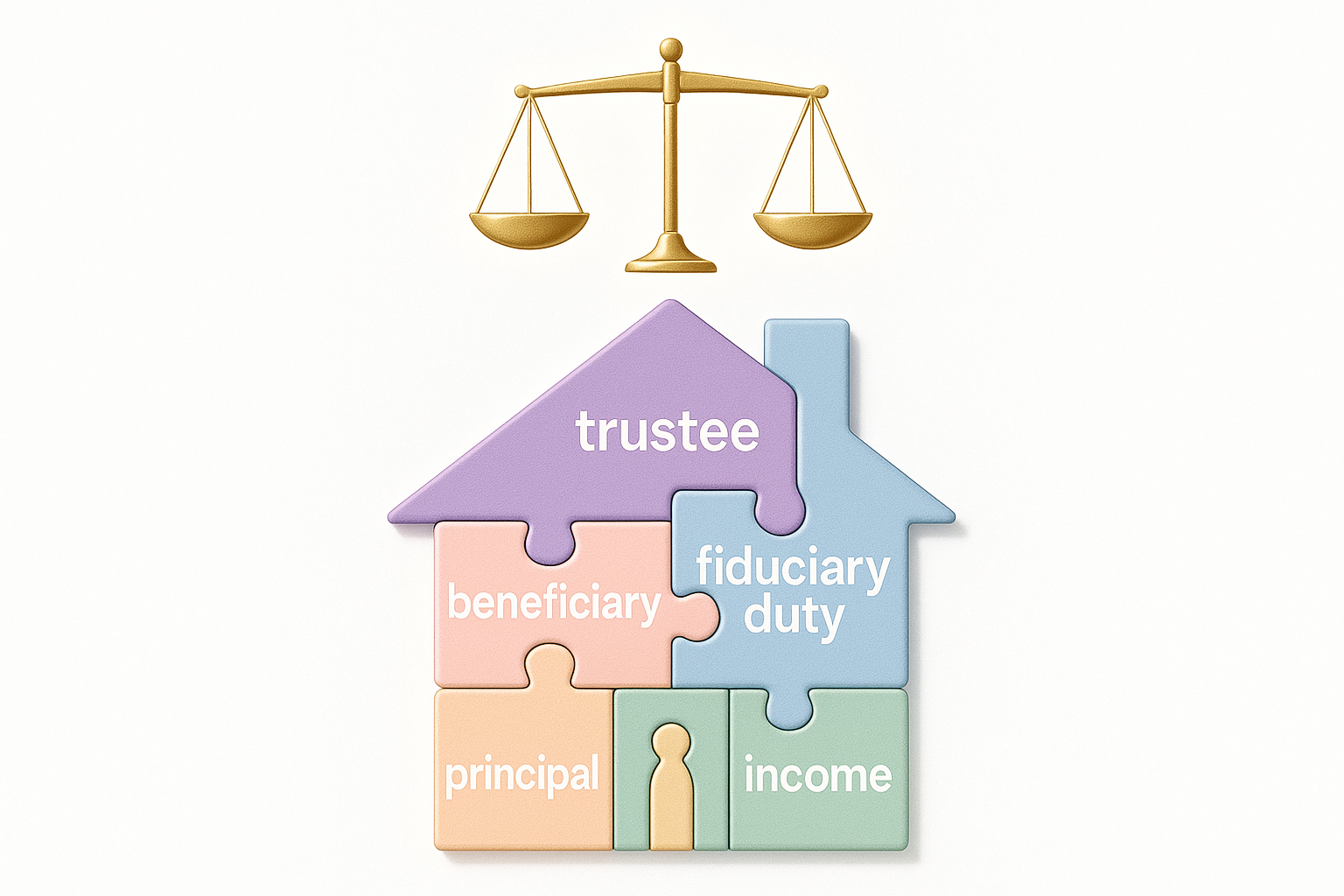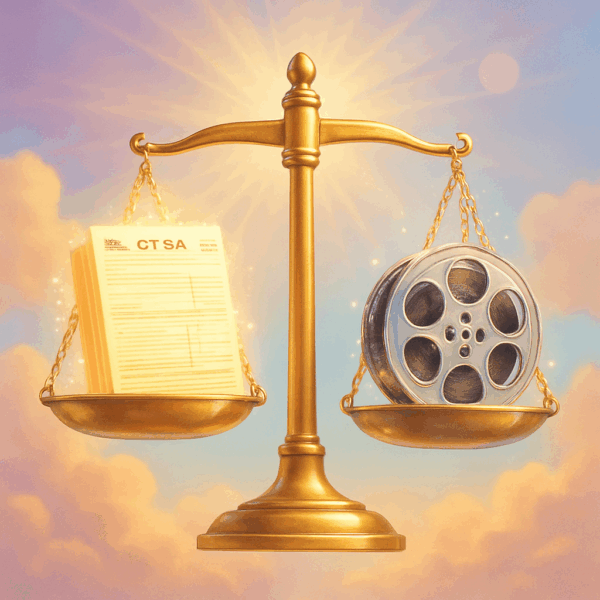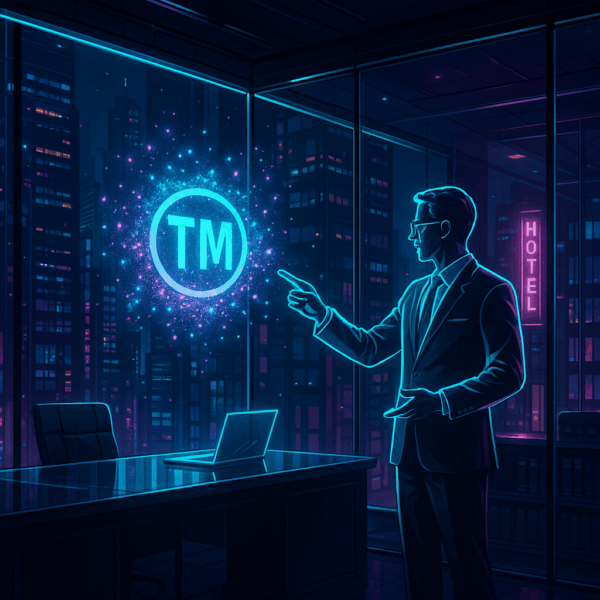How one St. Louis cop rewired workplace‑bias law—and why HR and trial lawyers are scrambling to adapt.
The Cop, the Transfer, and the Ten‑Year Trek
Sergeant Jatonya Clayborn Muldrow never took a pay cut. She never lost her badge. What she did lose—her plain‑clothes slot in the St. Louis Police Department’s elite Intelligence Division—was enough to send a sex‑discrimination case all the way to the marble steps of the US Supreme Court. On April 17 2024 the justices handed down a unanimous opinion that, in the buttoned‑down world of Title VII jurisprudence, felt like a 9.0 temblor.¹
For decades, lower courts told employees they had to show significant harm—salary hits, demotions, firings—before a judge would even listen. Muldrow convinced eight justices (Justice Jackson was recused) to toss that rule out. Now, some harm is enough. The nuance is massive: the “adverse action” hurdle that once blocked a swath of discrimination suits is rubble, and the battleground shifts from “How bad was it?” to “Was bias the motive at all?”
“To ‘discriminate against’ an employee means treating that person worse,” Justice Elena Kagan wrote, “and Title VII says nothing about how much worse.”¹
VISUAL CASE BRIEF — Muldrow v. City of St. Louis (2024)
| Citation | 601 U.S. ___ (2024) |
| Issue | Does Title VII require a plaintiff to prove “significant” harm to challenge a discriminatory lateral transfer? |
| Holding | No. A plaintiff need show only some job‑related harm; materiality is not in the statute. |
| Vote | 8–0 (Kagan, J.); concurrences by Thomas, Alito, Kavanaugh |
| Key Line | “Differences in treatment that injure employees violate the law whether or not they impose significant harms.” |
| Practical Up‑Shot | Lateral transfers, shift swaps, lost perks, and prestige hits are now fertile ground for discrimination suits. |
Circuit Chaos: The Map Before Muldrow
| Circuit (pre‑2024) | Threshold for “Adverse Action” | Typical Slogan |
|---|---|---|
| 4th, 6th, 7th, 8th, 10th, 11th | Had to be “material,” “significant,” or an “ultimate” job decision | “Purely lateral = no claim” |
| 2nd, 3rd | Split panels; often leaned “material” | “Show me the money” |
| D.C., 5th (post‑2022) | Any disadvantage tied to terms/conditions | “Bias itself is the harm”⁵ ⁶ |
Muldrow erased those borders overnight. In May, the Eleventh Circuit remanded a teacher’s lateral‑transfer suit “in light of Muldrow’s new standard.”
Inside the Opinion
Justice Kagan’s logic is pure statutory text. Title VII bans discrimination “with respect to compensation, terms, conditions, or privileges of employment.” No adjective—“serious,” “substantial,” “material”—modifies the noun. Full stop.¹
The Court also sidestepped employer hand‑wringing about a flood of de minimis lawsuits. “Judges,” Kagan winked, can still weed out claims over spilled coffee. What they can’t do is demand a pay‑stub wound before letting bias victims in the courthouse door.
Three Voices in the Margins
| Justice | Vibe | What They Added |
|---|---|---|
| Clarence Thomas | Skeptical technician | Maybe the Eighth Circuit applied the right test anyway; remand and see. |
| Samuel Alito | Grumpy realist | “I have no idea what ‘some harm’ means”; predicts lower‑court confusion. |
| Brett Kavanaugh | Textualist on steroids | Even “some harm” is too high; any discriminatory change to job terms violates Title VII. |

Why HR Should Sweat the Small Stuff
That once‑routine shift swap? A desk reassignment that costs the employee her take‑home car? Those are now litigation triggers. In other words, every employment decision—big or boutique—demands a paper‑trail explaining the legitimate reason. Corporate counsel describe Muldrow as a “silent F5 tornado” ripping through HR manuals.⁴
Pull‑Quote: “No manager should assume a lateral move is legally harmless ever again.”⁴
To‑Do List for Employers
-
Codify transfer criteria. “Manager’s gut” just went out of style.
-
Document the why. If it was business need, prove it on paper.
-
Train supervisors. A “better fit” because “he’s a guy” is now Exhibit A.
-
Audit scheduling, prestige assignments, take‑home perks. Look for patterns.
How Litigators Will Rethink the Playbook
Plaintiffs’ bar: dust off those old “not adverse enough” files. Defense bars: pivot to intent arguments—pretext, comparators, timing—and forget the easy “no harm” dismissal. Some firms predict 15‑20 percent more Title VII cases clearing early motions next year.² ³
The Numbers Say the Wave Is Already Building
| EEOC Fiscal Year | New Discrimination Charges | YoY Change |
|---|---|---|
| 2023 | ~81,100 | — |
| 2024 | 88,531 | **+9 %**⁷ |
The agency also logged 248,255 field inquiries—proof workers are paying attention.⁷
The Open Questions
-
How tiny is too tiny? Courts will now draw new lines between trivial and non‑trivial.
-
Will retaliation law—still stuck with a “materially adverse” test—follow suit?
-
Could DEI programs face a “reverse‑Muldrow” backlash from majority‑group employees edged out of plum assignments?
Epilogue: The Prestige Thing
Ironically, Sgt. Muldrow hasn’t donned her Intelligence Division badge again—yet. The Eighth Circuit must decide if the transfer truly hinged on her gender. Whatever happens, her case has already redrawn the fault lines of American workplace fairness. In the marble echoes of One First Street, a single lateral move tipped the scales for millions of workers who now have standing to say, That wasn’t fair—and it hurt.
Endnotes
-
Slip Opinion, Muldrow v. City of St. Louis, 601 U.S. ___ (2024). Supreme Court
-
Associated Press, “Supreme Court makes it easier to sue for job discrimination over forced transfers,” Apr. 17 2024. AP News
-
Reuters, “US Supreme Court widens scope of workplace bias suits,” Apr. 17 2024. Reuters
-
Jackson Lewis LLP, “U.S. Supreme Court: Alleging Discriminatory Transfer Is Sufficient Harm to Bring Title VII Claim,” Apr. 25 2024. Jackson Lewis
-
Ogletree Deakins, “Fifth Circuit Upends ‘Ultimate Employment Decision’ Requirement,” Aug. 18 2023 (Hamilton v. Dallas County). Ogletree
-
Constitutional Accountability Center case page, Chambers v. District of Columbia (en banc 2022). Constitutional Accountability Center
-
EEOC, “2024 Annual Performance Report,” showing 88,531 new charges, +9 % YoY. EEOC
-
Jackson Lewis LLP, “U.S. Supreme Court Appears to Side With Employee Alleging Discriminatory Transfer in Oral Argument,” Dec. 2023. Jackson Lewis


